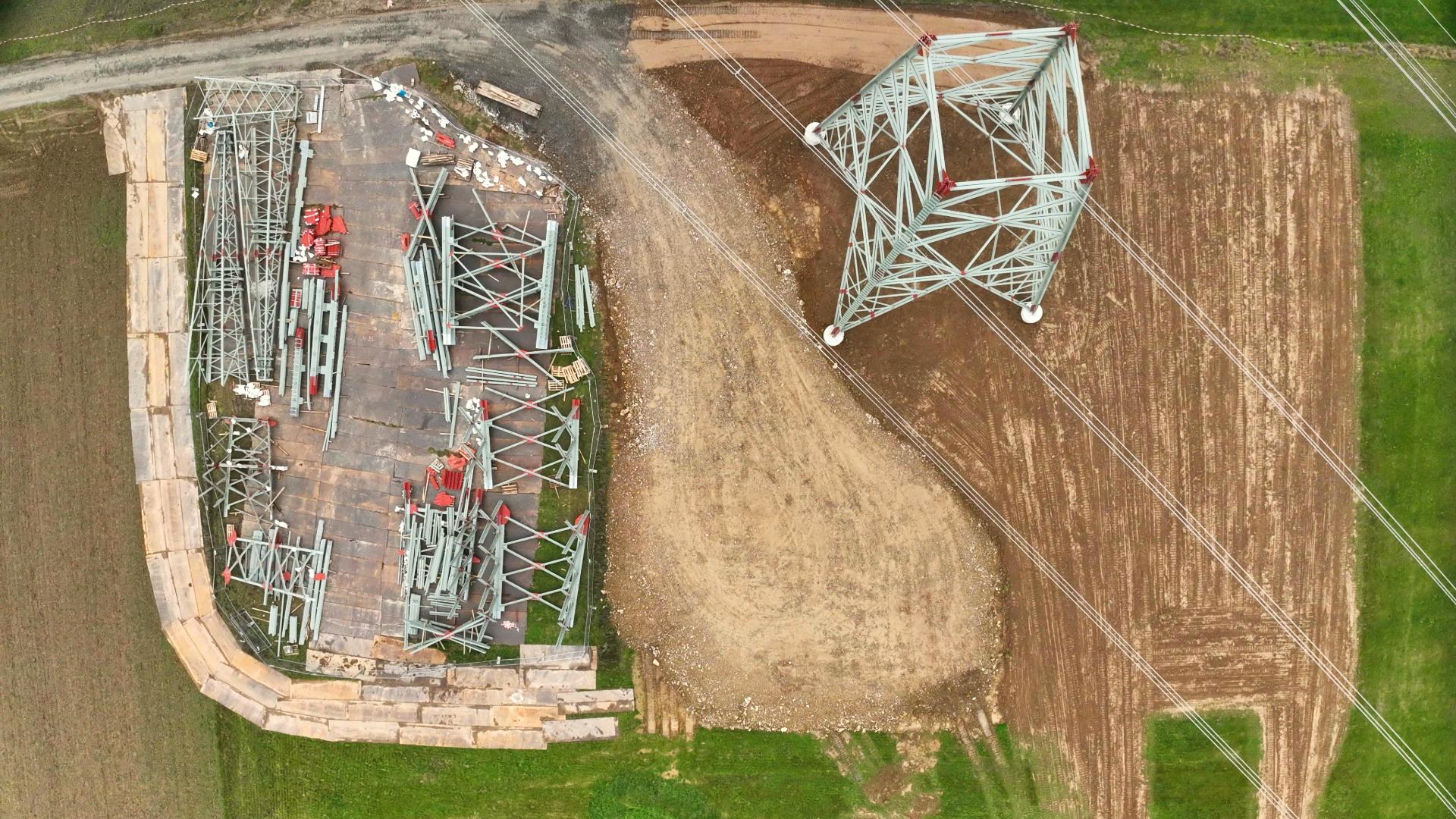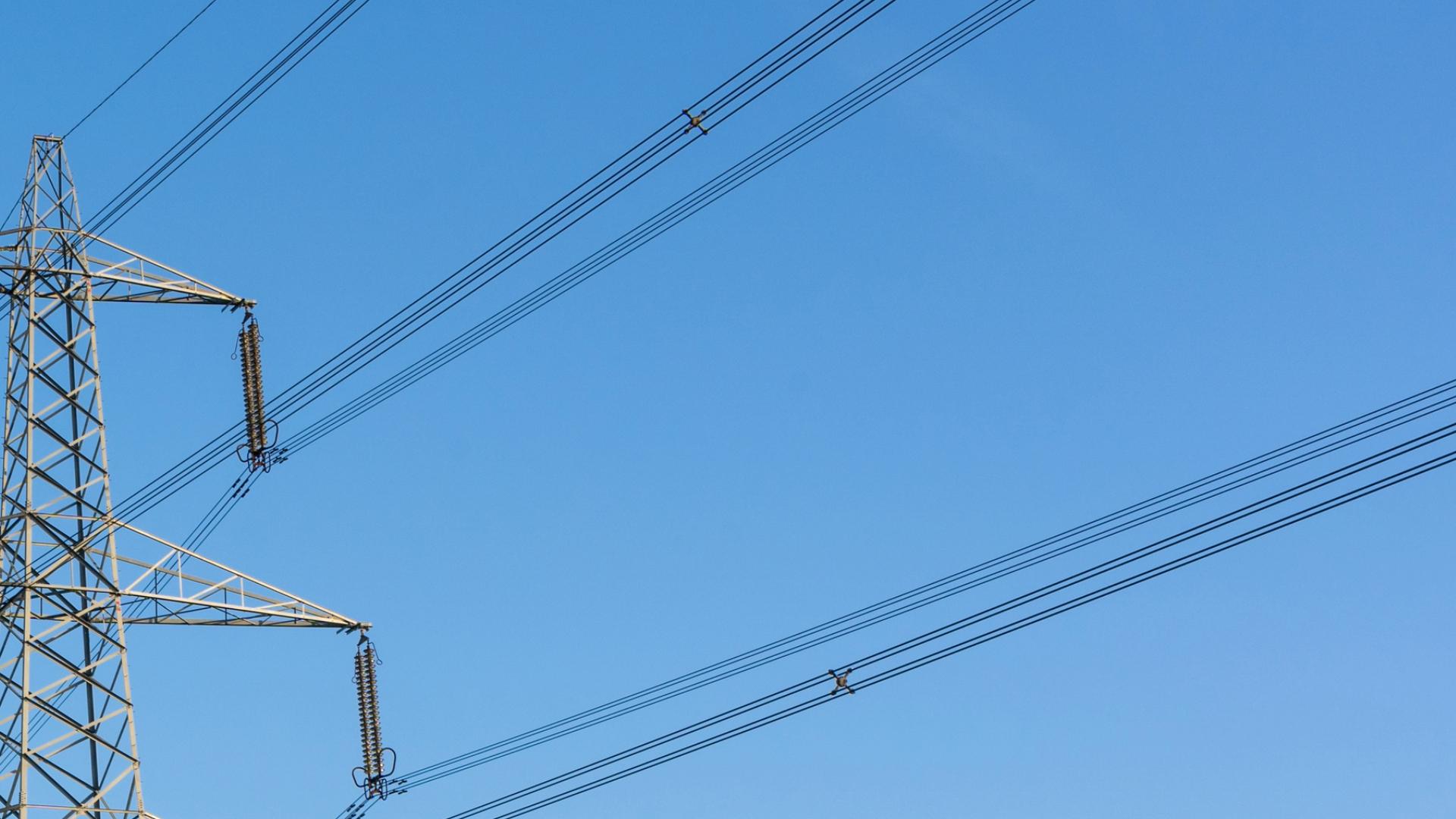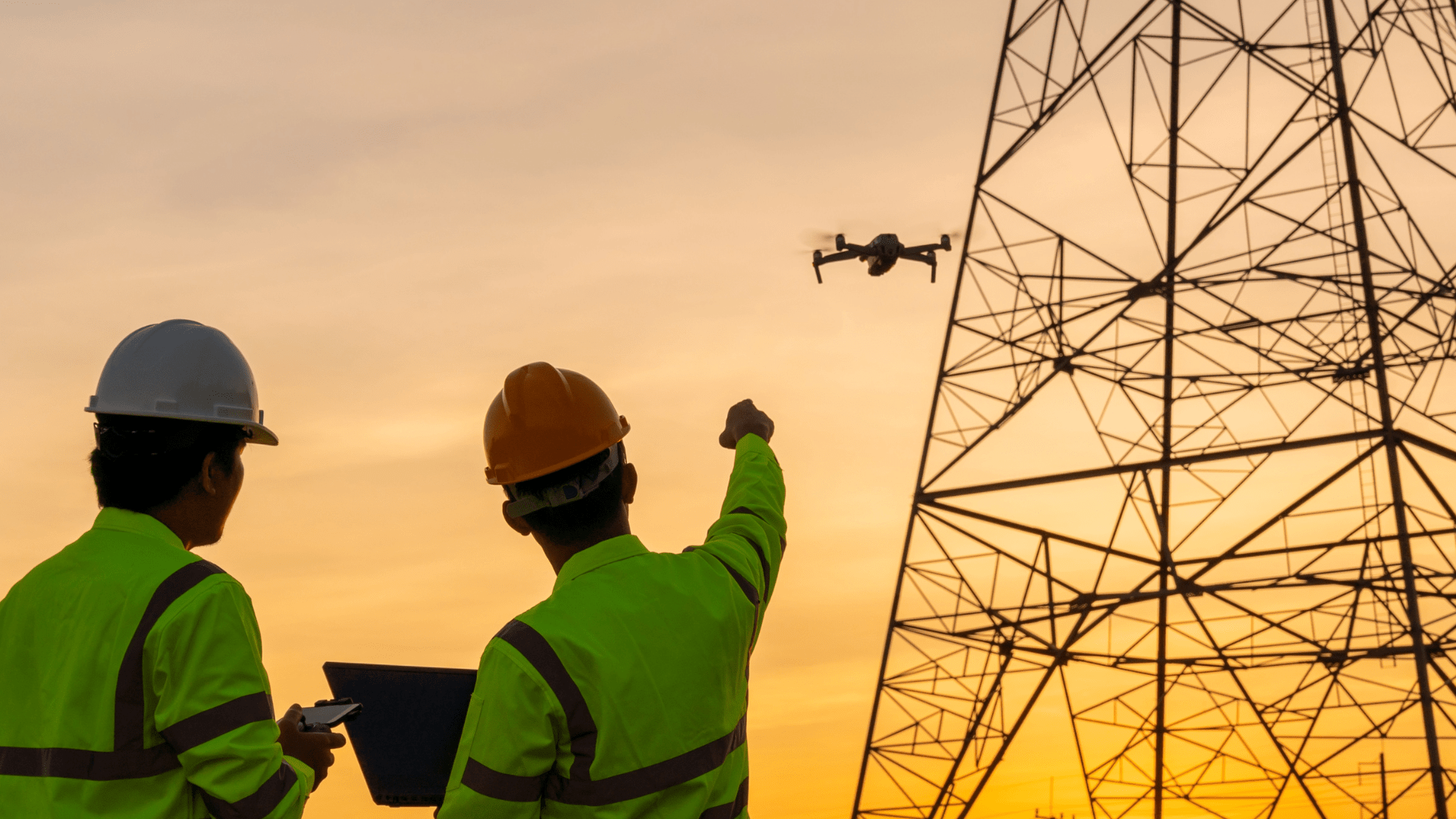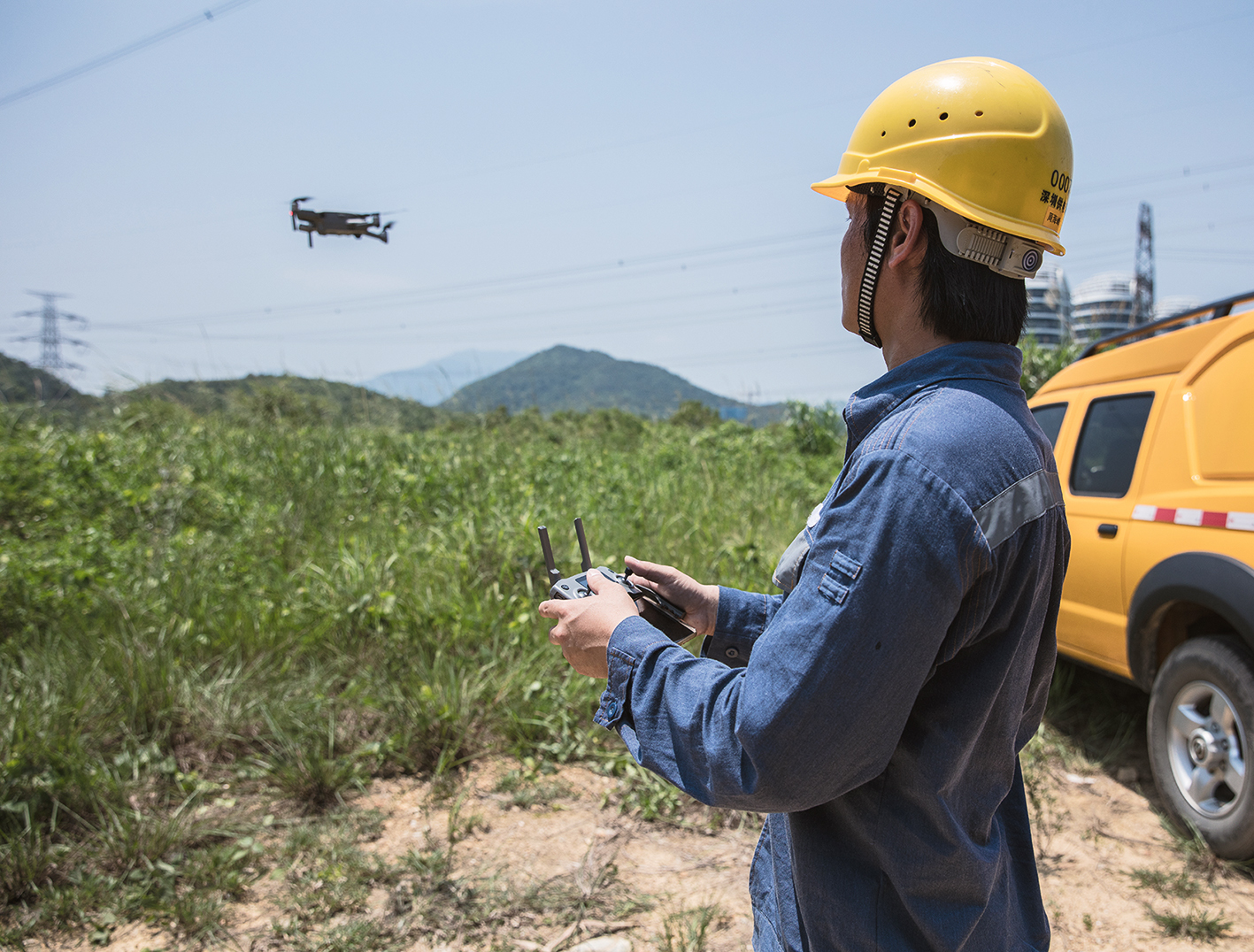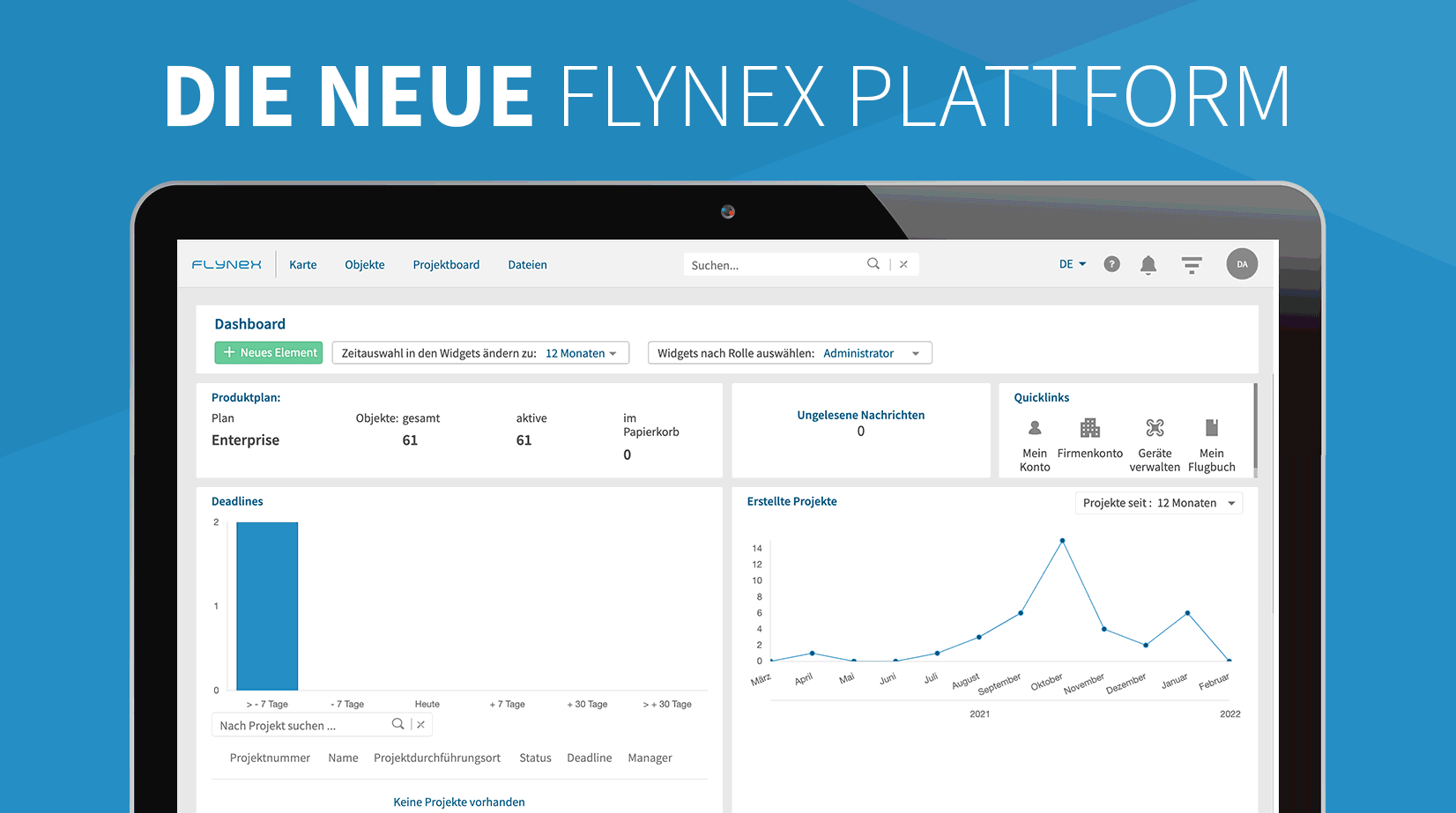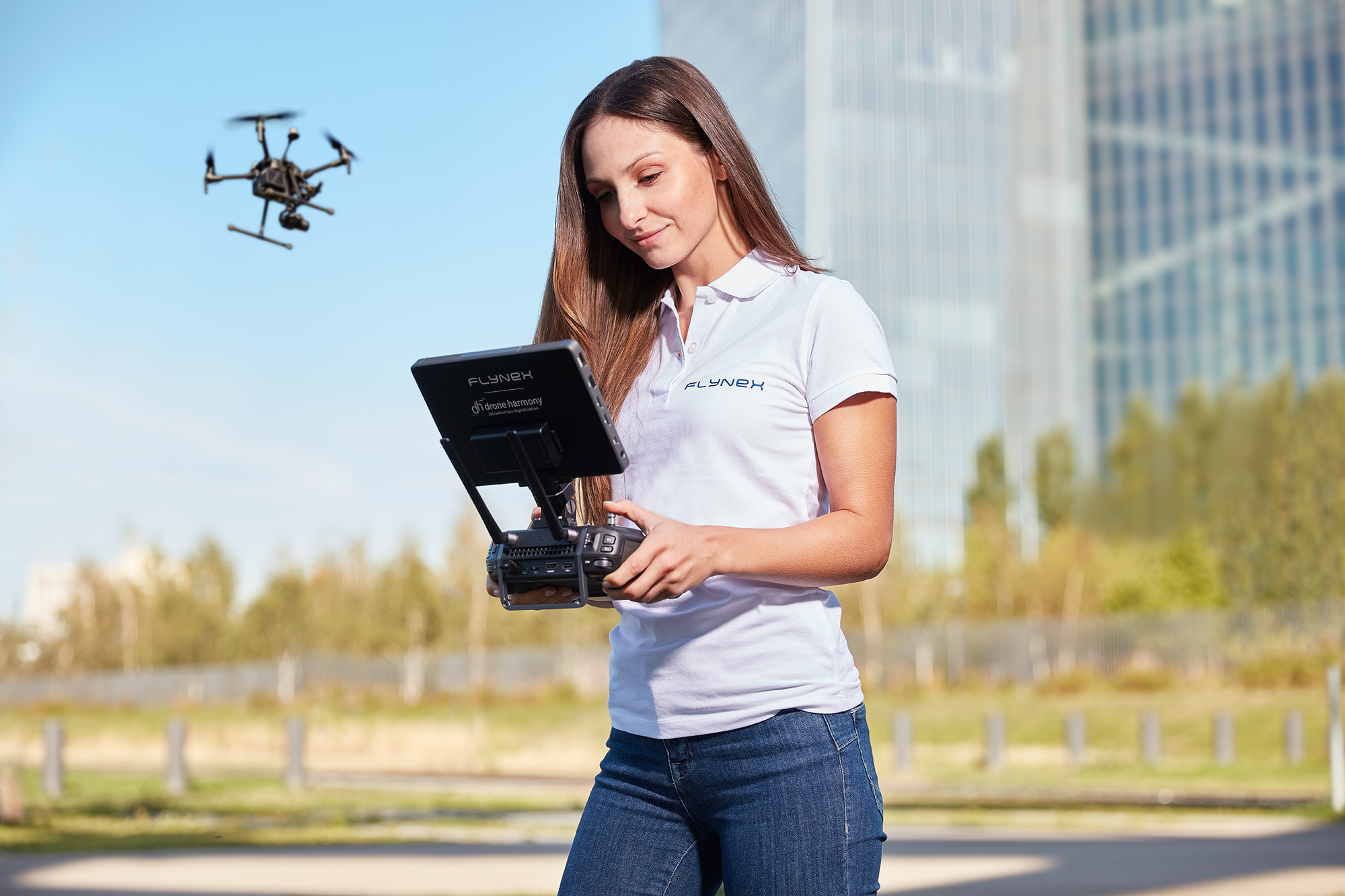Einer der großen Technik-Trends der Zukunft ist das autonome Fahren und Fliegen. Genauso wie es in Zukunft selbständig fahrende Autos geben wird, können auch im Luftraum autonome Fluggeräte verkehren. Hierzu spielt das sogenannte UTM, das Unmanned Aerial Traffic Management, eine zentrale Rolle.
In den vergangenen Monaten hat sich über unseren Köpfen viel gewandelt, ohne dass man unbedingt alles direkt miterlebt. Drohnen sind schon lange im gewerblichen und kommerziellen Einsatz und fliegen pausenlos auf der Welt für Transport, Bau, Energie, Medizin und andere Zwecke. Doch mit zunehmendem Verkehr unbemannter Fluggeräte entstehen neue Herausforderungen.
Bisher hat das sogenannte ATM, das Air Traffic Management, die Aufgaben erfüllt, den Luftraum und die dortigen Verkehrsteilnehmer zu koordinieren. Inzwischen wird aber das ATM zunehmend vom UTM, dem Unmanned Aerial Traffic Management, ergänzt. UTM kann als Teil des ATM verstanden werden. Doch was genau unterscheidet das Air Traffic Management vom Unmanned Air Traffic Management?
ATM – das Air Traffic Management
Air Traffic Management, oder zu Deutsch Flugverkehrsmanagement, beschreibt das Verwalten der Luftraumnutzung. Ziel ist die sichere, wirtschaftliche und effiziente Bewegung von Flugzeugen und anderen Fluggeräten, wie etwa Drohnen. Dazu gehört auch, dass entsprechende Dienste für Betreiber bereitgestellt werden. Einrichtungen und Dienste müssen damit zuverlässig luftgestützte und bodengebundene Funktionen anbieten. Zum ATM gehört auch das ASM (Air Space Management), ATFM (Air Traffic Flow Management) und ATS (Air Traffic Services).
1) ASM: Das Luftraummanagement teilt den Luftraum in verschiedene Bereiche auf. Die Aufteilung ist dynamisch und basiert auf Luftraumnutzkategorien. Beispiele für Luftraumkategorien sind die „zivile gewerbliche Luftfahrt“ oder die „zivile nicht gewerbliche Luftfahrt“.
2) ATFM: Das ATFM, oder die Verkehrsflussregelung, plant und steuert den Flugverkehr. Es gewährleistet einen sicheren und geordneten Verkehrsfluss, mit der höchstmöglicher Auslastung.
3) ATS: Als ATS werden im Allgemeinen alle Funktionen und Aufgaben der Flugsicherung verstanden. Darunter fallen die Flugverkehrskontrolle und der Fluginformationsdienst. In Deutschland übernimmt die DFS (Deutsche Flugsicherung) diese Aufgaben.
UTM als neuestes Managementsystem der Lüfte
UTM ist, wie das ATM, darauf ausgelegt den Flugverkehr zu regulieren. Doch UTM steht anderen Herausforderungen gegenüber als das ATM. Anders als beim ATM geht es hier auch um unbemannte Fluggeräte.
Hinter dem Akronym UTM verstecken sich mehrere Ausdrücke. Am häufigsten sind jedoch Unmanned Traffic Management, Unmanned Air Traffic Management und UAS Traffic Management. Wobei UAS selbst „Unmanned Aircraft System“ bedeutet und als Synonym für „Drohne“ gilt.
Um unbemannte Fluggeräte in den Luftraum zu integrieren, bedarf es einem hohen technischen Aufwand. Zum einen, weil die Kommunikation anders verlaufen muss als bei bemannten Fluggeräten und zum anderen, weil die Flughöhe nicht mit der Flughöhe bemannter Fluggeräte identisch ist. UAS fliegen maximal auf einer Flughöhe von 120 Metern.
Anders als das ATM regelt das UTM also eher den unteren Luftraum. Der untere Luftraum unterliegt ständig mehreren Veränderungen und anders als beim ATM muss beim UTM die Situation auf dem Erdboden ständig mitbeachtet werden. Um UTM zu ermöglichen, müssen Drohnen einheitlich mit einem GPS-Modul und einer Mobilfunk-Sendeeinheit ausgestattet werden. Damit wird die Kommunikation mit dem Fluggerät gesichert und die Position ermittelt.
Denn das UTM soll vor allem überall dort Einsatz finden, wo Drohnenmissionen außerhalb der Sichtweite stattfinden. BVLOS Flüge, also Flüge außerhalb der Sichtweite des Piloten, sind besonders für routinemäßige Flüge geeignet. Deshalb erfordern BVLOS Flüge einen hohen Grad an Automatisierung und Digitalisierung.
Eine der größten Herausforderungen ist die Integration des UTM in das schon lange bestehende ATM. Denn unbemannte Flugsysteme müssen im Notfall von anderen Flugobjekten erkannt werden und andersrum. Zudem existieren im ATM Systeme, sowie Behörden und Zuständigkeiten, die um das UTM sinnvoll erweitert werden können.
UTM ist deshalb als weiterer Bestandteil des ATM zu verstehen und nicht komplett davon losgelöst. Vielmehr müssen beide Systeme möglichst kompatibel sein. Nur so können sichere und effiziente, aber auch skalierbare Operationen gelingen.
Neue Möglichkeiten für Bau, Energie & Infrastruktur
Die neuen technischen Möglichkeiten, die hier entstehen, bilden die Grundlage für eine ganze Reihe von Innovationen in unterschiedlichsten Branchen. Bauvermessung, Planung von ganzen Städten, Wartung von Energienetzen oder medizinische Eiltransporte sind nur einige Beispiele, bei denen UTM in Zukunft den Weg zur Umsetzung ebnet.
Ihr FlyNex Team
